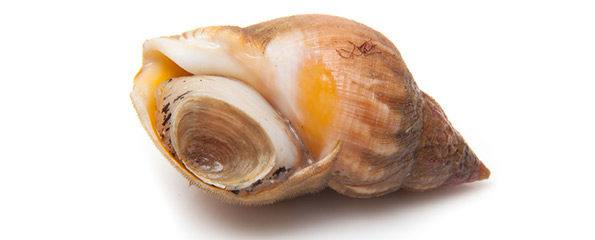Chemical derived from sea snails proving a potent cancer killer
Researchers at UOW and the Illawarra Health and Medical Research Institute (IHMRI) have discovered a new class of molecules originally derived from sea snails that are showing promising results against multi-drug resistant cancers.
The molecules, called N-alkylisatins, killed 100% of drug resistant cancer cells in the lab in just 48 hours. In comparison, a chemotherapy drug commonly used to treat breast cancer killed only 10% of cells in the same time period.
Lead researcher Dr Kara Perrow, from UOW’s School of Biological Sciences and IHMRI, recently published the results the journal Heliyon.
She said while 50% of drugs used for the treatment of cancer and more than 75% of the drugs used for treating infectious diseases are derived from natural products – either terrestrial or marine plants and animals – she was still surprised at the results.
“The findings were actually quite surprising given that our molecules share similar properties to some of the chemo-therapeutics that are currently used and are ineffective.
“Because of this similarity, we weren’t expecting that they would have such an effect on cell lines that are normally resistant to these types of molecules.”
Multidrug resistance, whereby cancers develop resistance to chemotherapy drugs and are no longer responsive to treatment, is a major limitation to the current management of the disease. It affects patients with a variety of blood cancers and solid tumours, including breast, ovarian, pancreatic, and lower gastrointestinal tract cancers.
“These results are exciting because any new molecule that we discover has an effect on multi-drug resistant cells has major implications for improving survival in these patients and ultimately reducing relapse.”
The chemicals were originally isolated and the anticancer properties determined in 2002, in collaboration with Southern Cross University’s Dr Kirsten Benkendorff, from the egg masses of the White Rock sea snail (Dicathasis orbita). These are commonly found on rocky shores around Australia and New Zealand. Interestingly, venom from the Queensland cone sea snail has also proved promising for new pain treatments.
To create the new N-alkylisatin molecules, Dr Perrow worked with colleagues in the School of Chemistry, including Emeritus Professor John Bremner and Associate Professor Danielle Skropeta, to tweak the chemical composition of the original egg formula, eventually boosting its cancer-killing properties by 1000 times.
Dr Perrow and her team then took lab-grown cancer cells that were either sensitive or resistant to commercial chemotherapies and exposed them to different concentrations of N-alkylisatins for up to 48 hours.
“We screened these compounds against a panel of different cancer cell lines that we grow in the lab and we found that they had activity against all of them.”
Dr Perrow said N-alkylisatins, which proved particularly potent against colorectal, prostate and breast cancers, work by targeting the skeleton of the cell, which is critical for a cell to continue dividing.
“These targets are called microtubules and our compounds interfere with the assembly and disassembly of these structures– essentially disassociating them so that the cell cannot undergo any further division and at that point, it dies.”
Dr Perrow and her team are now working to optimise the drugs so that they are safe for use. This involves packaging the N-alkylisatins into small lipid-based nanoparticles so they become non-toxic and safe for injection.
“We are now looking at how these molecules could be used to fight breast cancer,” Dr Perrow said.
“In the future, these drugs could be used as the next in line therapy after the first round of chemotherapy fails, as a completely new therapy to replace the current standard of care, or used in combination with a number of anti-cancer drugs to reduce the chance of multi-drug resistance arising.”
Currently in the pre-clinical trial phase, Dr Perrow said it could be 5-10 years before the drugs are available for use, but it would depend on funding and the success of the drugs in animal tests and eventually human trials.
(Source: University of Wollongong, Heliyon)
Dates
Tags
Created by:

 Login
Login














